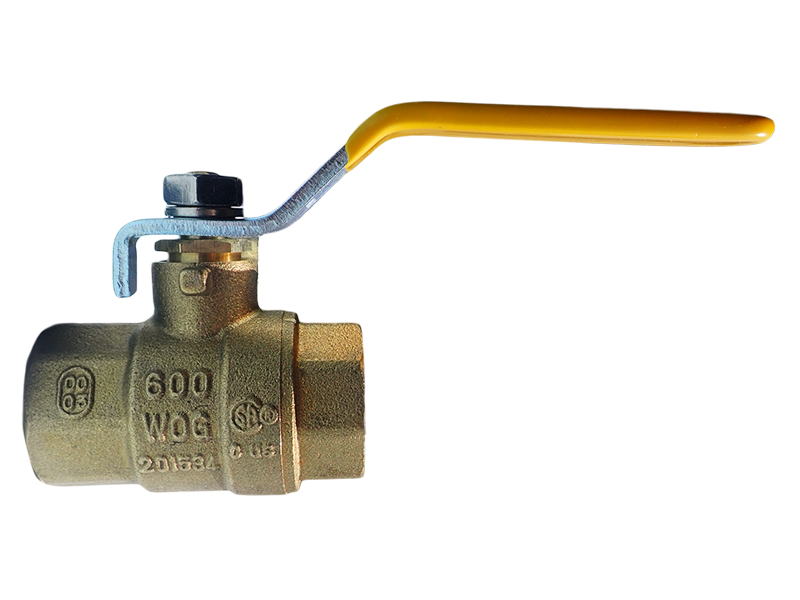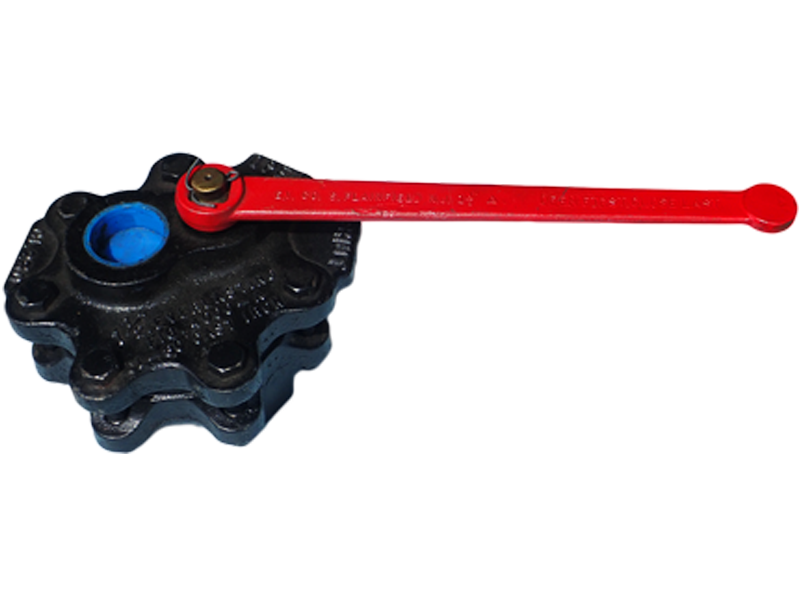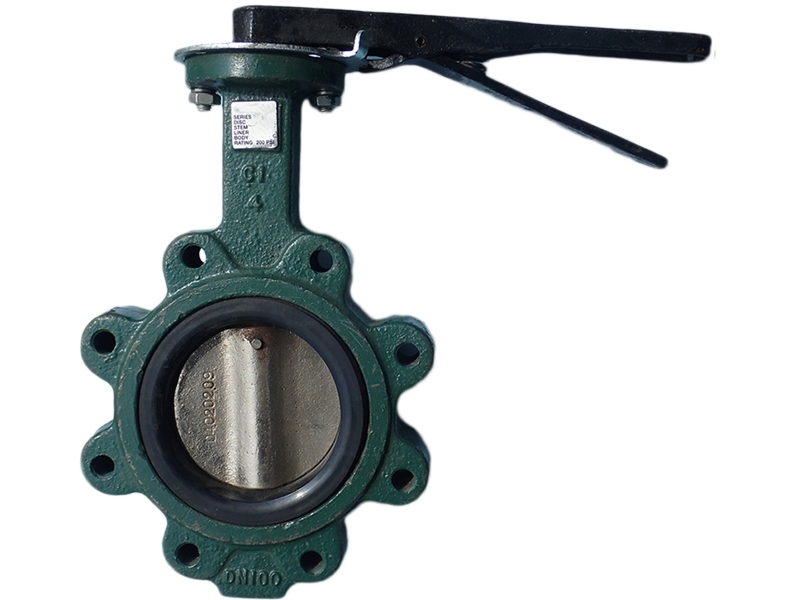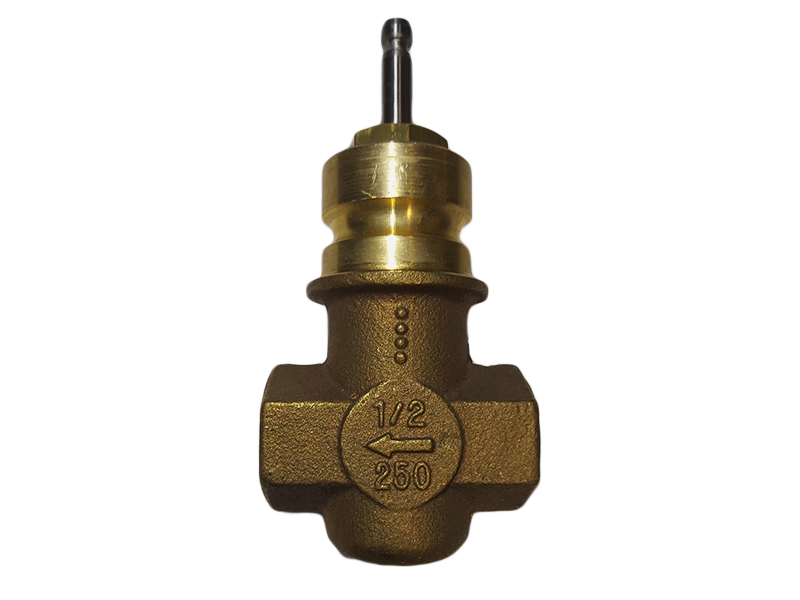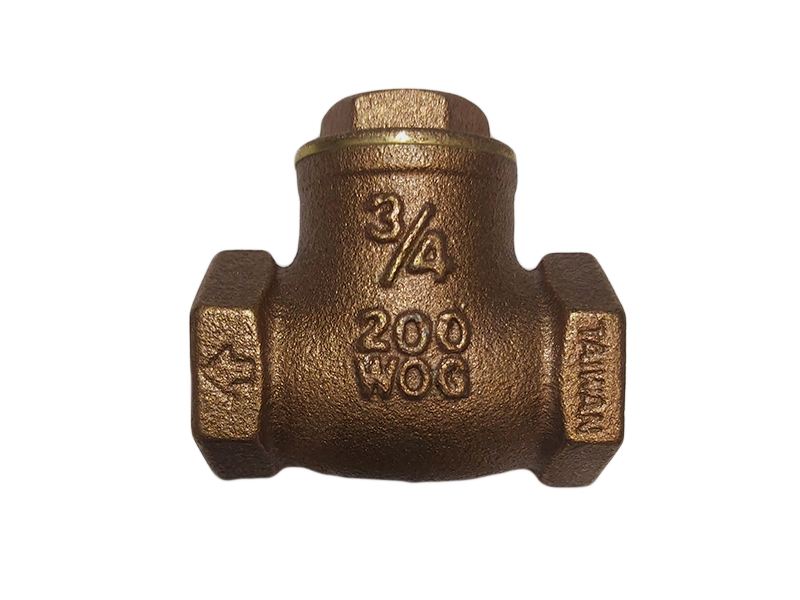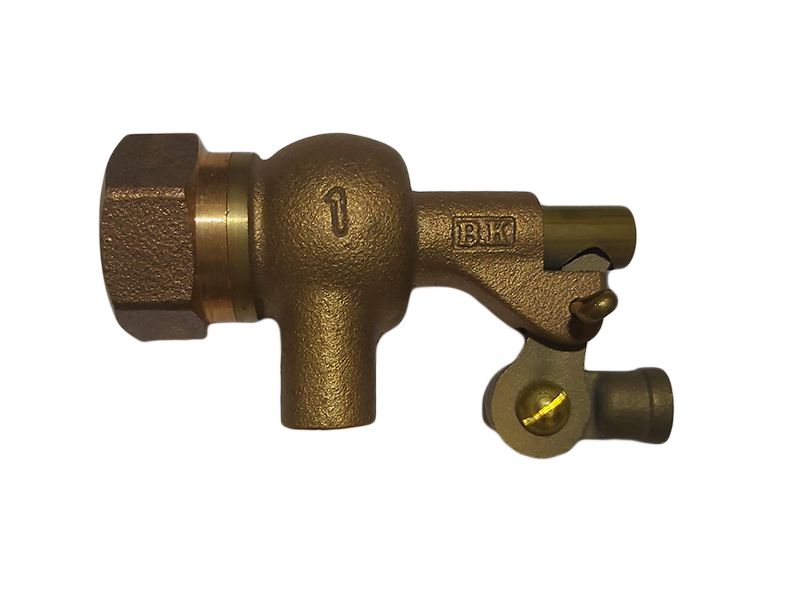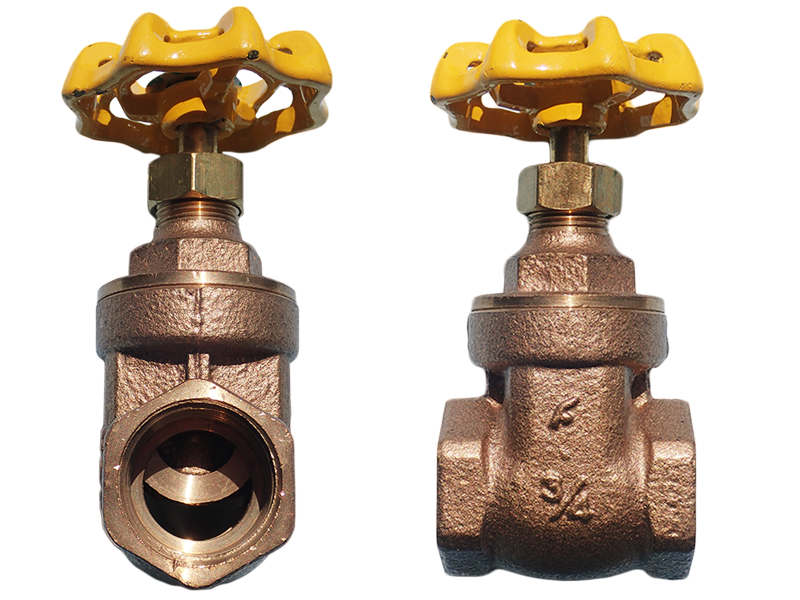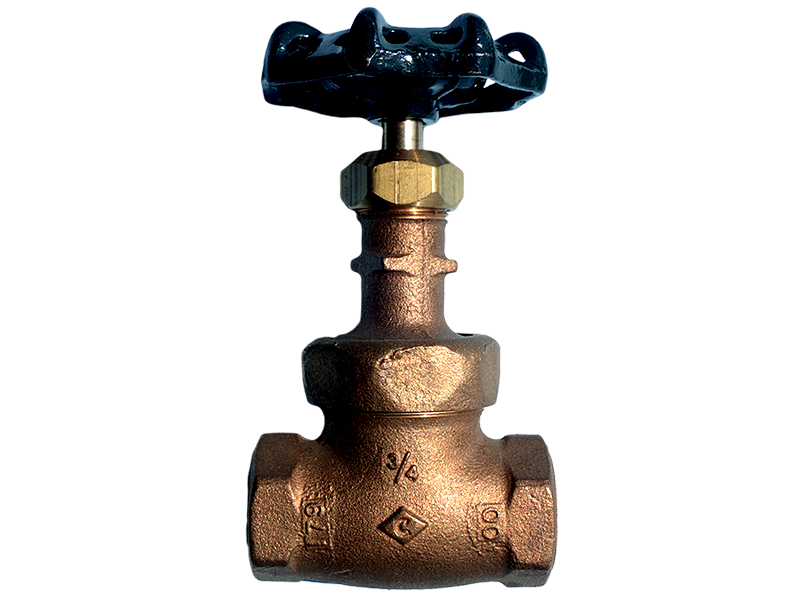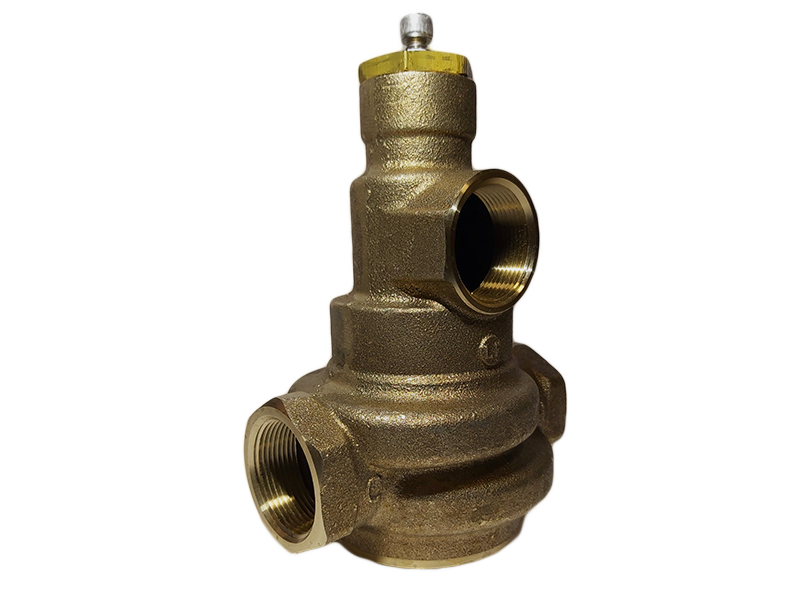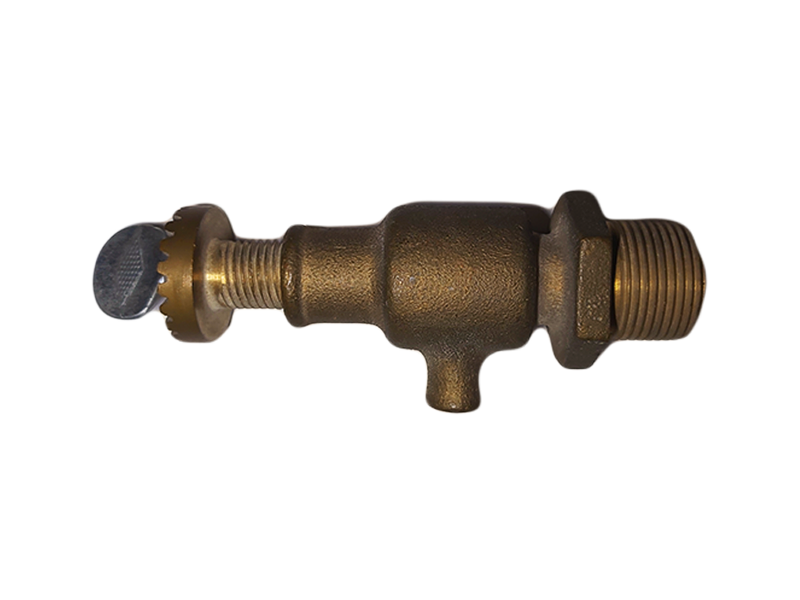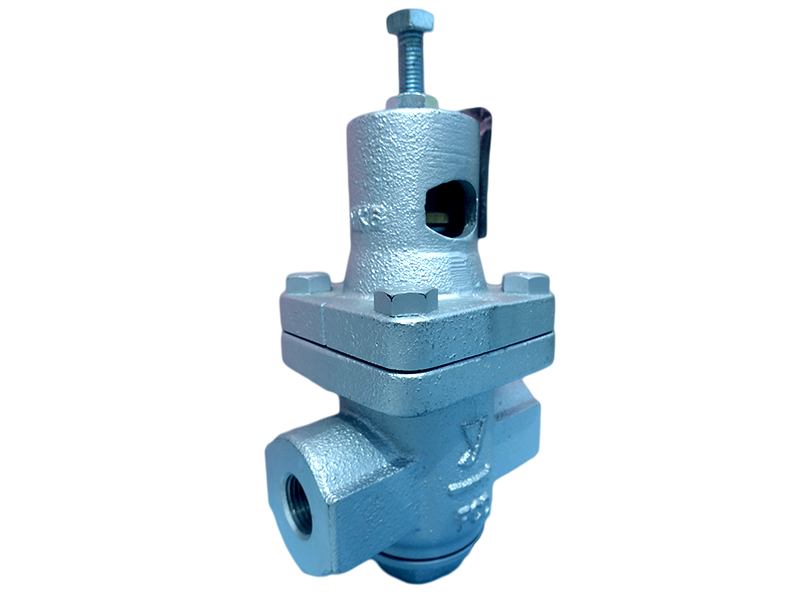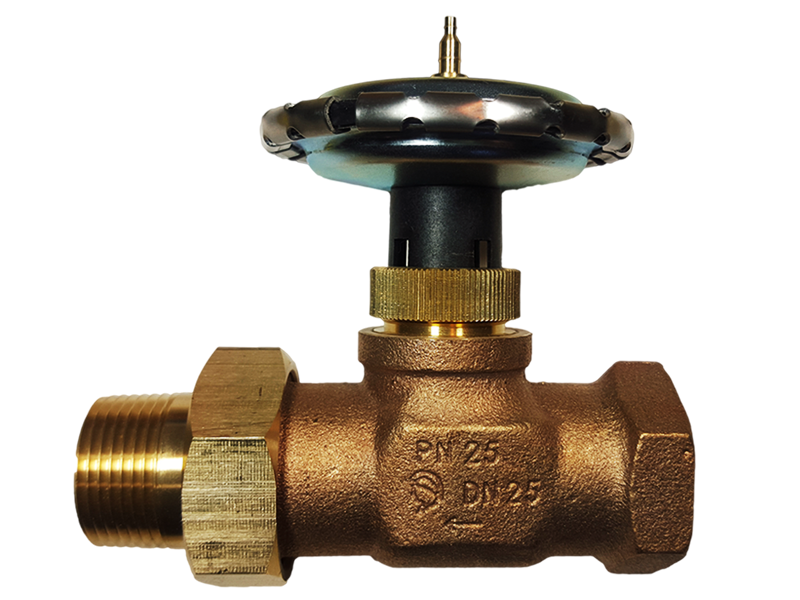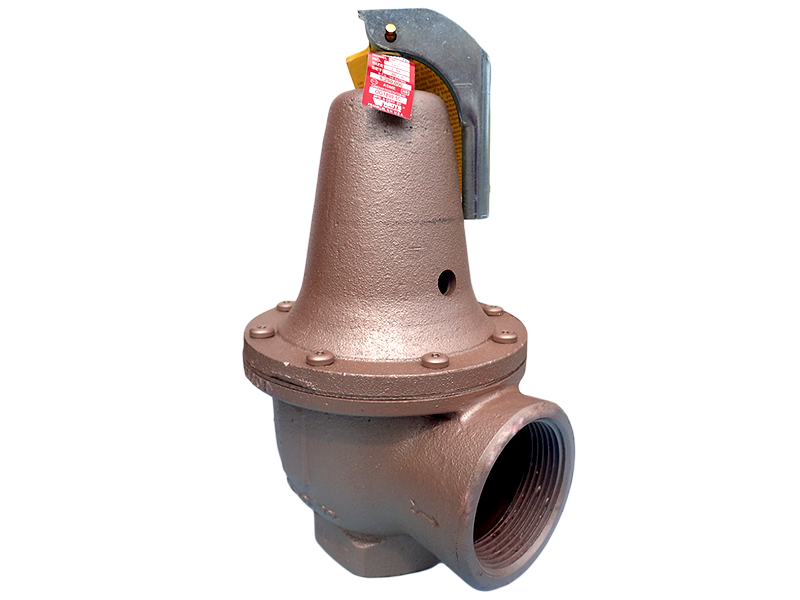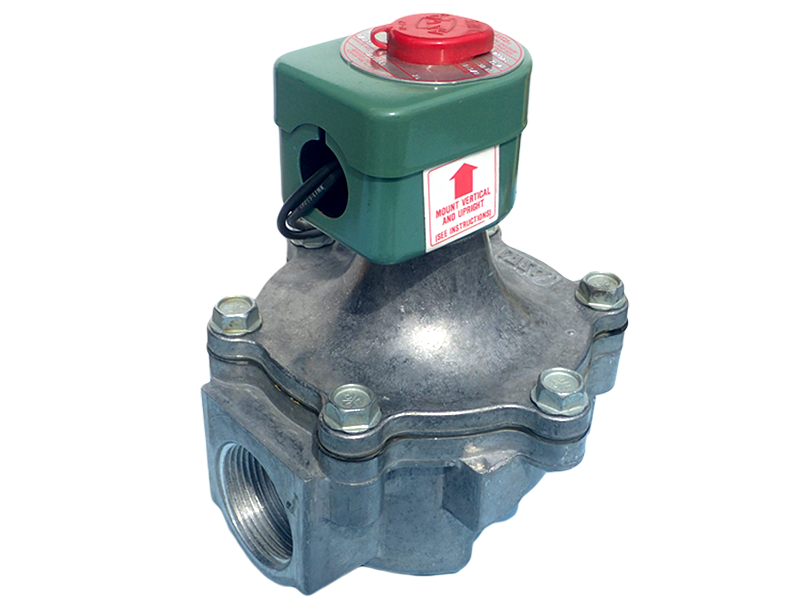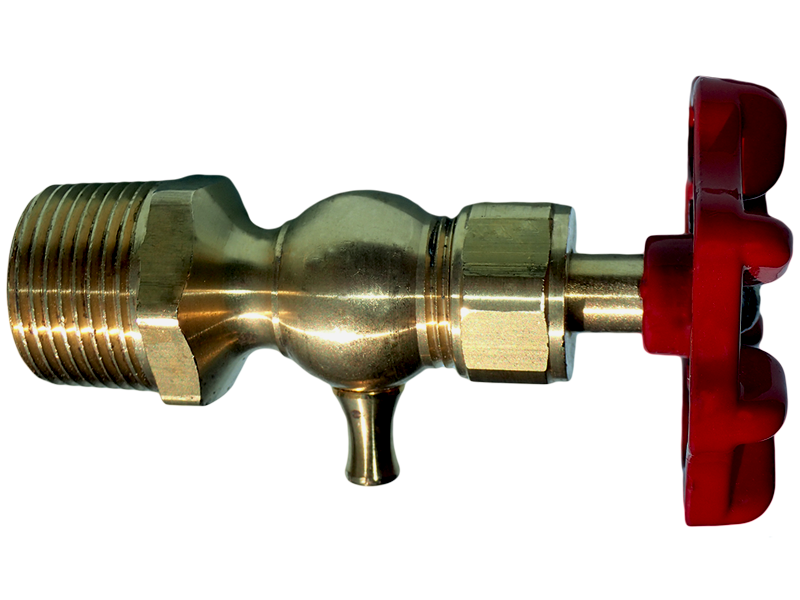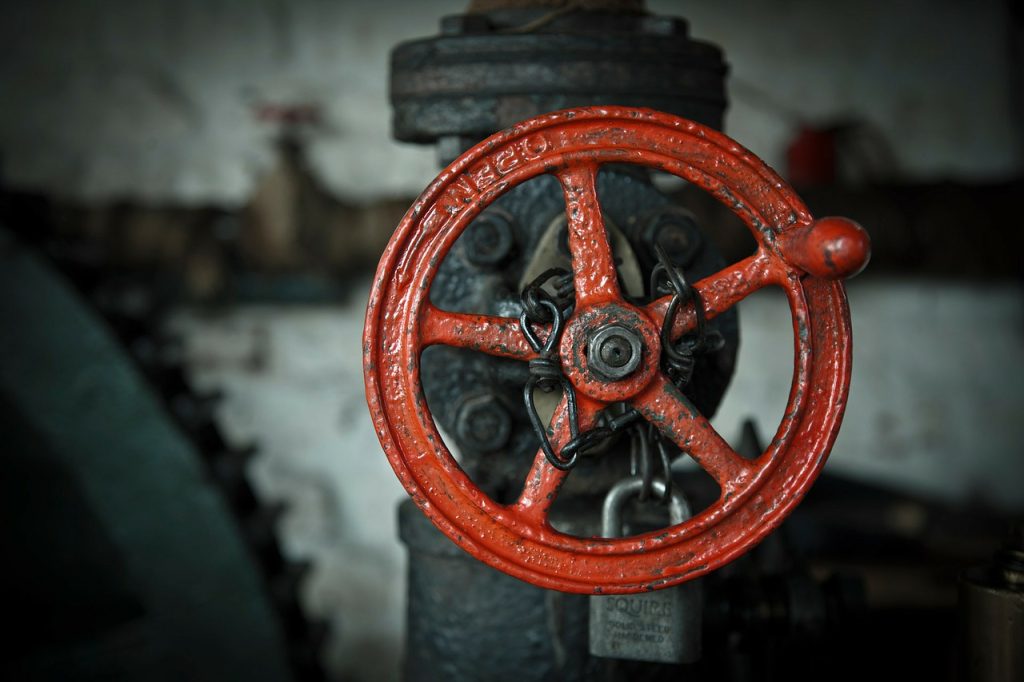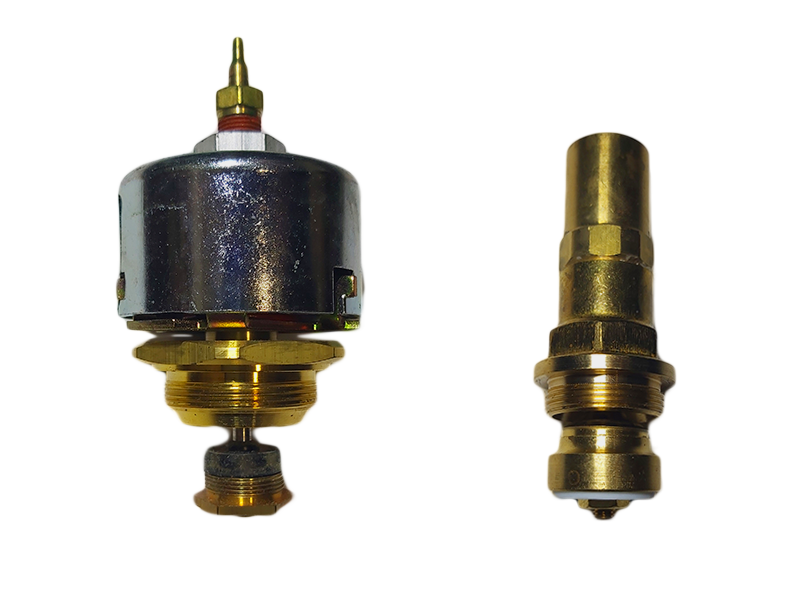Valves, Actuators, Parts & Accessories
Find everything from valves (radiator, safety relief, butterfly, and more) to actuators, to valve repair parts and accessories.
Ball valves are two-way or three-way valves opened or closed by manipulation of a ball.
Blowdown valves use steam force to blow accumulated sludge out of a boiler.
Quarter-turn valves, usually for flange connections, that control flow using a rotating disc; comes in wafer or lugged styles.
Control valves control the flow of a fluid, typically pneumatically or electrically actuated.
Threaded or flanged valves that keep flow going only in one direction, sometimes calibrated to require a minimum pressure before allowing flow.
Float valves are control valves operated by means of a lever attached to a float, often used in cooling towers.
Globe valves are valves with a disc-type element used to regulate flow.
Mixing valves are manual or automatic valves with two inputs and one output connections that allows two separate water sources to be combined into a single flow. They are typically used in hydronic heating applications.
Needles valves are multi-turn control valves which use a tapered needle and a small orifice to allow for very accurate flow control, even at high pressures. They are usually manually-operated.
Pressure regulating valves are valves that maintain the flow of a liquid or gas at a specified pressure.
Globe-type valves designed specifically for radiator or similar heating element applications; usually operated with a manual handle or thermostatic operator and come in straight, angle, and side-mount angle connection patterns.
Valves which relieve excess pressure buildup before it causes damage to the system. Safety relief valves are non-stock items and are available upon request.
Solenoid valves are valves that regulate flow (open-close) by either energizing or de-energizing the connecting solenoid.
These are combination safety relief valves for hot water heaters and tanks which use both pressure-sensitive and temperature-sensitive relief elements to protect people and equipment.
Valve accessories are individual pieces or components used to make the operations of valves faster, safer and/or more convenient.
Valve repair parts include rebuild kits, reconditioning kits, discs, spring repair kits, diaphragms, packing, ring packs and more.
Repairing an existing valve , instead of replacing, can save time and money.
Contact Us
Do you still have questions? Are you looking for pricing information or to place an order?
Do you have questions about valves, actuators, parts and accessories?
What are valves?
A valve is a device that regulates the flow of gases, liquids, fluidized solids, or slurries by opening, closing, or partially obstructing various passageways. In an open valve, fluid flows in a direction from higher pressure to lower pressure.
How and where are valves used?
Valves are used in a variety of contexts, including industrial, military, commercial, residential, and transportation. Plumbing valves, such as taps for hot and cold water are the most noticeable types of valves. Other valves encountered on a daily basis in residential context include gas control valves on cookers, small valves fitted to washing machines and dishwashers, and safety devices fitted to hot water systems.
How are valves operated?
Valves may be operated manually, either by a hand wheel, lever or pedal. Valves may also be operated automatically, driven by changes in pressure, temperature, or flow. These changes may act upon a diaphragm or a piston which in turn activates the valve, examples of this type of valve found commonly are safety valves fitted to hot water or steam systems.
What is the purpose of an actuator?
More complex control systems using valves requiring automatic control based on an external input (i.e., regulating flow through a pipe to a changing set point) require an actuator. An actuator will stroke the valve depending on its input and set-up, allowing the valve to be positioned accurately, and allowing control over a variety of requirements.

